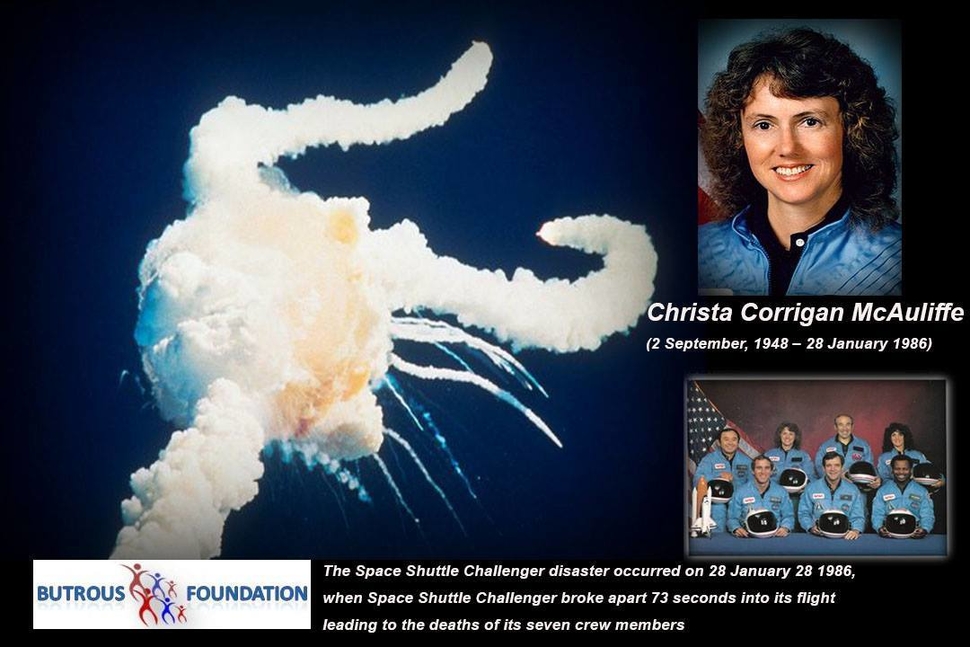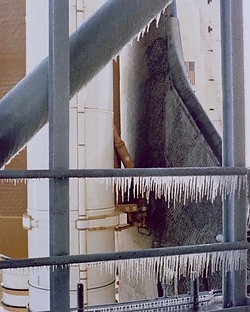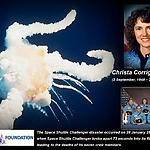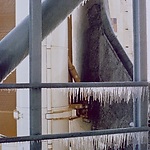Since the beginning of men, we make cost-benefit analysis (CBA). In the stone age, the CBA was about whether if it was worth to attack that mammoth and maybe lose some men but have diner for everyone for the rest of the week, or attack a smaller animal and not lose any men but don’t have enough food for the rest of the group. In the later middle ages the question was for example do we use that route with an higher chance of being attacked but be twice as quick or use a safe route but way slower. What is the price you put on your own life? Would you take that risk or would you rather play it on safe? But maybe an even harder question is, what price would someone else put on your life?
In 1984 NASA set up a program called the Teacher in Space project. Ronald Reagan announced that the program was designed to inspire students, honor teachers, and spur interest in mathematics, science, and space exploration. 40.000 teachers applied for the program and finally 11.000 were invited to NASA. In the end, Christa McAuliffe was the teacher who would really go into space and who would give two 15 minute lessons from out of space. This went terribly wrong as the space shuttle exploded mid-air.
The crowd stood there bewildered, watching the shuttle come down in pieces. Later it would turn out to be a mechanical failure, but the story behind it tells a different story. Initially, the launch was supposed to happen on the 22nd of January 1986, but due to bad weather conditions the launch had to be postponed to the 23rd and then to the 24th. Finally after 2 more postpones due to bad weather, the shuttle could be launched on the 28th. The forecasts predicted extremely cold weather that day with temperatures beneath 0 degrees Celsius. The day before engineers already warned that the O-rings, rubber rings that sealed the factory joints on the shuttle, could not handle such low temperatures. With the O-rings marked as “criticality-1” meant that when they broke, the shuttle would be destroyed.
How could it be that even when the engineers warned that it was very unsafe to launch the shuttle, the shuttle was still launched? The Teacher in Space program was a very prestigious project for the NASA. Cancelling the mission would mean that the whole world would see that they were not capable enough to launch the rocket. The NASA didn’t want to lose its image of the most renown space agency. With such pressure the managers didn’t want to take the risk of losing image. They had to choose between the safety of the astronauts or the image of the NASA. Unfortunately they decided to launch the shuttle with a catastrophic result.
Those managers actually made the tradeoff between the astronauts and NASA’s image. The most scary thing is that the astronauts themselves were not aware of the problem at all. They did not have the ability to assess the risk of the launch. To choose to fly or stay on the ground safe until the problem was resolved. Instead, managers put a price on their head and decided that the risk of losing image was more valuable than the risk of losing its astronauts.



